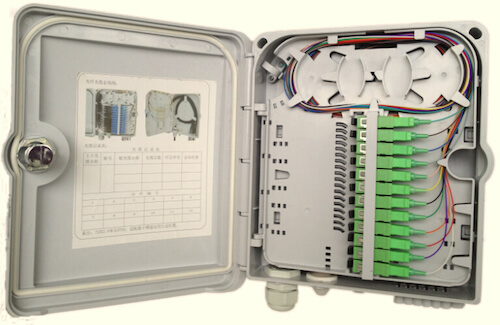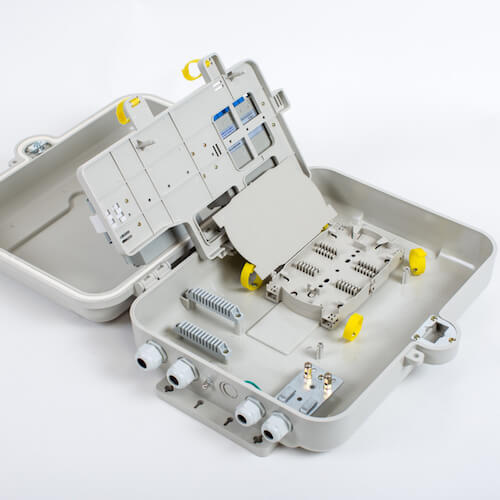In the rapidly evolving world of telecommunications and data management, the fiber distribution box stands out as a crucial component of modern network infrastructure. This often-overlooked device plays a significant role in ensuring the efficient and reliable distribution of fiber optic signals across various network endpoints.
What is a Fiber Distribution Box? A fiber distribution box is a secure enclosure designed to house fiber optic splices, connectors, and other passive optical components. It serves as a central hub for organizing and protecting the fibers that connect different parts of a network. These boxes are typically installed in locations where fiber optic cables need to be split, terminated, or distributed to multiple destinations.
Key Functions and Benefits:
- Organization and Management: One of the primary functions of a fiber distribution box is to organize and manage the complex web of fiber optic cables within a network. By providing a structured environment, it simplifies the process of routing and connecting fibers, reducing the risk of tangling or damage.
- Protection: The fiber distribution box offers robust protection for the delicate fiber optic cables and connectors. It shields them from environmental factors such as dust, moisture, and physical damage, ensuring long-term durability and performance.
- Ease of Maintenance: With a well-designed fiber distribution box, network maintenance becomes significantly easier. Technicians can quickly access and identify individual fibers, making it easier to perform repairs, upgrades, or routine inspections without disrupting the entire network.
- Scalability: Fiber distribution boxes are designed to accommodate future expansion. As network demands grow, additional fibers can be integrated into the existing setup without requiring a complete overhaul, allowing for scalable and cost-effective network upgrades.
- Versatility: These boxes are available in various sizes and configurations to suit different installation environments, from indoor data centers to outdoor telecommunications poles. Their versatility makes them a valuable asset for a wide range of applications.
Conclusion
The fiber distribution box is an indispensable component in the realm of fiber optic networking. By providing organization, protection, and ease of maintenance, it ensures the efficient distribution of fiber optic signals across complex networks. As the demand for high-speed, reliable connectivity continues to rise, the importance of robust and scalable network infrastructure cannot be overstated. The fiber distribution box will remain a cornerstone of this infrastructure, enabling the seamless transmission of data that powers our digital world.



